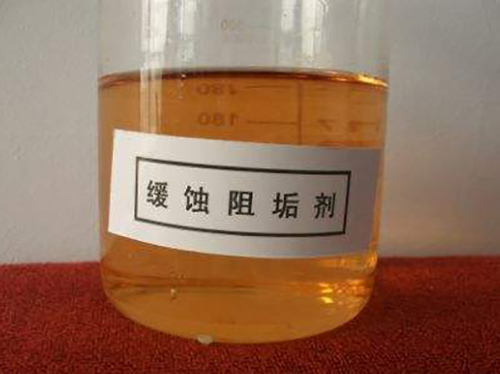diethylenetriamine penta
Diethylenetriamine Pentaacetic Acid An Overview
Diethylenetriamine pentaacetic acid (DTPA) is a complex organic compound that has gained significant attention in various fields, including medicine, environmental science, and industrial applications. As a chelating agent, DTPA is utilized for its ability to bind metals and facilitate their removal from biological systems and environmental matrices. This article aims to provide an overview of DTPA, including its structure, applications, and potential benefits and drawbacks.
Structure and Properties
DTPA is classified as a polyaminocarboxylic acid and is characterized by its ability to form stable complexes with metal ions. Its molecular formula is C14H23N3O10, and its structure features five carboxylic acid groups attached to a central diethylenetriamine framework. This unique arrangement allows DTPA to effectively interact with a variety of metal ions, such as lead, mercury, and radioactive isotopes, making it a valuable compound in different settings.
Medical Applications
One of the most prominent uses of DTPA is in the medical field, particularly in the treatment of heavy metal poisoning. When administered, DTPA works by chelating toxic metals in the bloodstream, which enhances their excretion through the kidneys. This process is crucial in cases of exposure to heavy metals, as it helps to mitigate the harmful effects on the organs and tissues.
Additionally, DTPA is used in diagnostic imaging, specifically in nuclear medicine. It is employed as a radiopharmaceutical agent, where it complexes with radionuclides to create radiolabeled compounds. These compounds are then used in imaging techniques such as scintigraphy to assess organ function and detect abnormalities.
Environmental Applications
diethylenetriamine penta

DTPA is also significant in environmental science, particularly in the remediation of contaminated sites. It can be used to extract heavy metals from soil and groundwater, effectively reducing the ecological risks associated with metal contamination. The chelation of metals by DTPA enhances their solubility, allowing for easier removal from the environment. This property is especially important in agricultural and industrial contexts, where metal accumulation can adversely affect soil health and crop productivity.
Industrial Uses
In industrial applications, DTPA is employed as a surfactant and stabilizer in various formulations. It can improve the efficiency of cleaning agents, detergents, and even some food processing techniques. Furthermore, DTPA finds its role in the pulp and paper industry, where it aids in the removal of metal ions that can cause discoloration or defects in products.
Benefits and Drawbacks
The benefits of using DTPA are manifold, particularly its effectiveness in metal chelation, which offers significant advantages in medical, environmental, and industrial contexts. However, there are also drawbacks associated with its usage. One of the critical concerns is the potential for over-chelation, which may lead to the removal of essential trace metals necessary for physiological functions. Additionally, the environmental impact of DTPA itself should be considered, as the persistence of chelating agents in water bodies can affect aquatic life.
Conclusion
Diethylenetriamine pentaacetic acid is a versatile compound that plays a significant role in medicine, environmental remediation, and various industrial applications. Its ability to bind metal ions makes it an essential tool for safeguarding human health and the environment. However, while the benefits of DTPA are clear, it is crucial to balance its use with considerations for potential drawbacks, ensuring that its application is both effective and responsible. Continued research and development in this area will be vital for maximizing the effectiveness of DTPA while minimizing any adverse effects. As we advance in our understanding of chemistry and its applications, compounds like DTPA will undoubtedly remain at the forefront of efforts to address some of the pressing challenges posed by metal toxicity and contamination in our world.
-
LK-319 Special Scale And Corrosion Inhibitor For Steel Plants: Advanced Solutions for Industrial Water SystemsNewsAug.22,2025
-
Flocculant Water Treatment: Essential Chemical Solutions for Purification ProcessesNewsAug.22,2025
-
Isothiazolinones: Versatile Microbial Control Agents for Industrial and Consumer ApplicationsNewsAug.22,2025
-
Scale Inhibitor: Key Solutions for Water System Scale PreventionNewsAug.22,2025
-
Organophosphonates: Versatile Scale Inhibitors for Industrial Water SystemsNewsAug.22,2025
-
Scale and Corrosion Inhibitor: Essential Chemical Solutions for Water System MaintenanceNewsAug.22,2025





